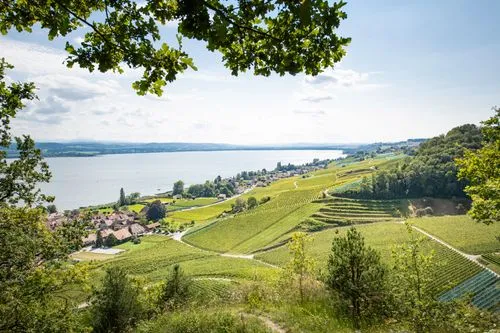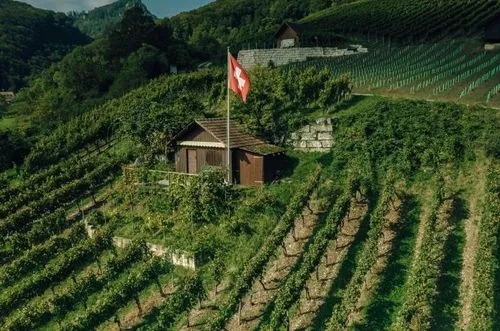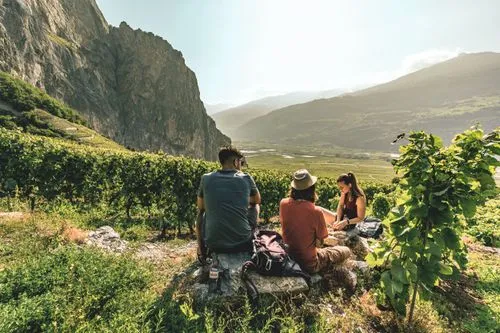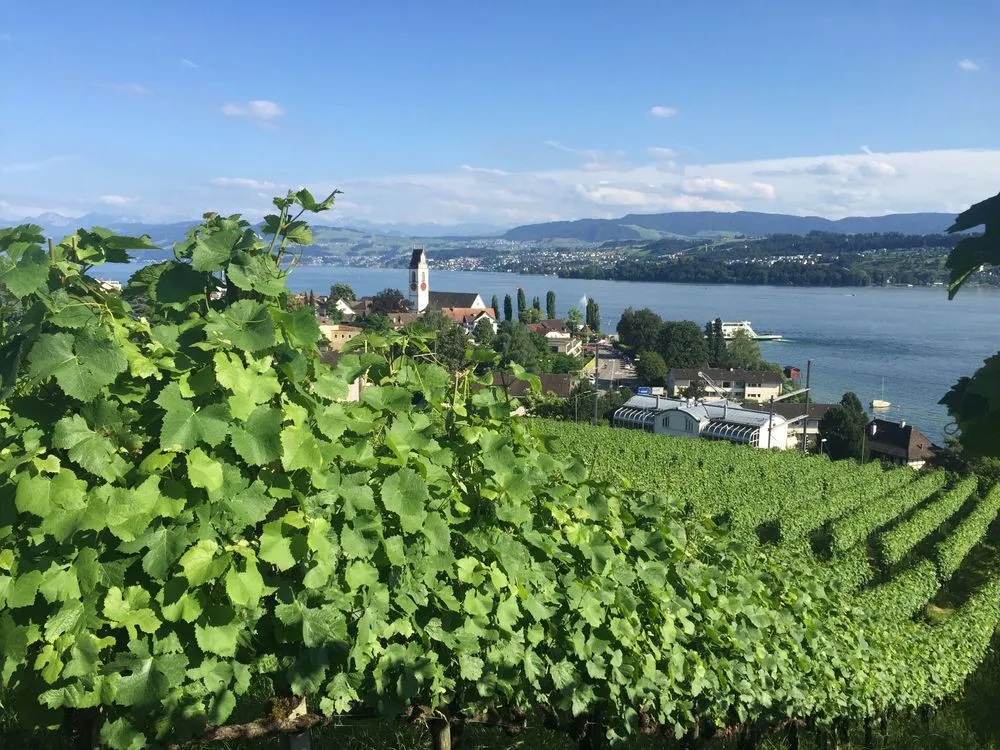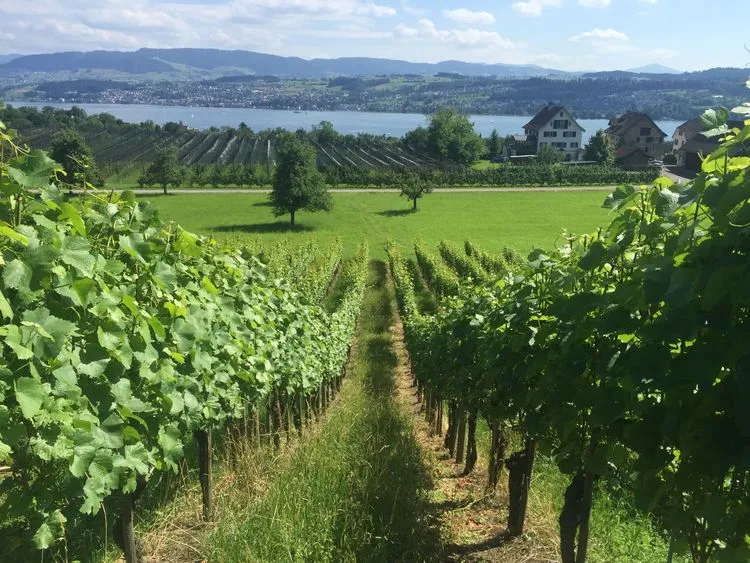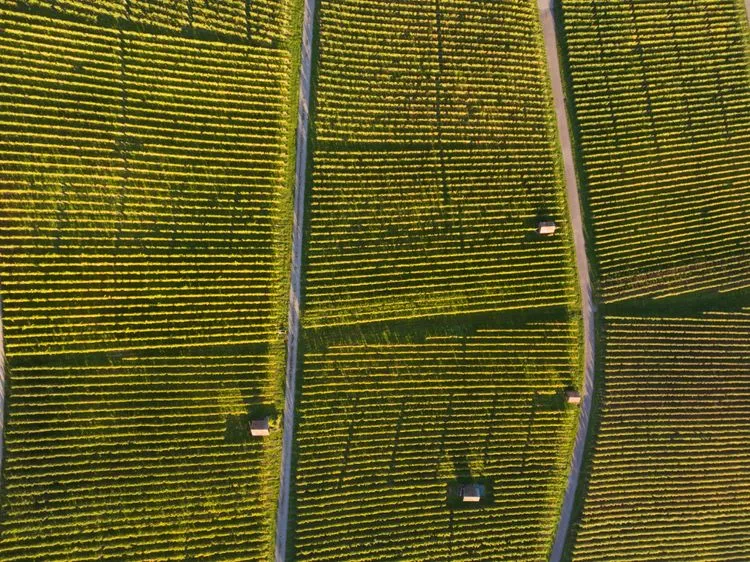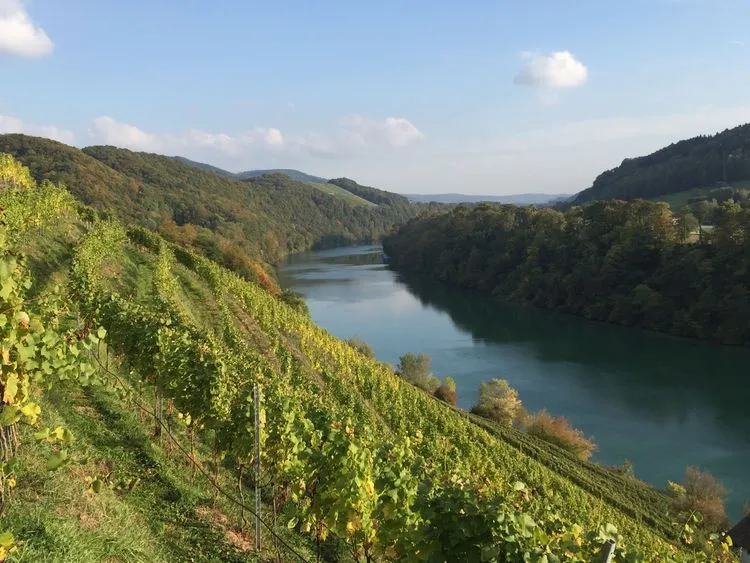Wine production in the region dates back to the 9th century when Benedictines introduced viticulture on island of Rheinau on the Rhine. It rapidly grew into an important economic sector, with over 20,000 vintners cultivating 5,600 hectares of vineyards by the late 19th century. However, challenges such as phylloxera, rural depopulation, industrialisation, and urbanisation caused a significant decline in vineyard areas.
Vintners in Zurich benefit from a mild, sunny climate. Some areas experience moderate to significant rainfall, occasionally accompanied by warm Föhn winds. Each wine-growing region has its unique microclimate. For instance, Lake Zurich and the nearby rivers help regulate temperatures and even reflect sunlight to provide extra warmth for the vines. In contrast, the Zurich wine country and Unterland lack large bodies of water, leading to a higher risk of frost.
The soil types in Zurich are diverse, ranging from moraine to molasse, schist and limestone. This variety allows for a broad range of grape varieties and wine styles. Local vintners primarily cultivate Pinot Noir, Müller-Thurgau, and Chardonnay. The Canton of Zurich is divided into five wine-growing regions
